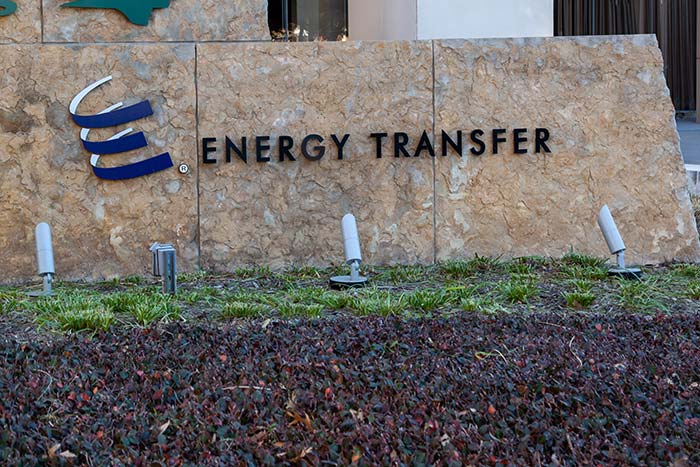I’m a fan of oil and gas pipeline companies. They typically have much lower expenses than exploration companies because they only have to build and maintain pipelines rather than finding oil, drilling for it, constructing refineries, etc.
Additionally, pipeline companies generally don’t care about the price of oil or gas. They get paid according to fixed contracts – kind of like a toll booth. They make just as much money when oil is at $80 per barrel as they do when it’s at $60 or even $40.
Lastly, many pipeline companies are master limited partnerships (MLPs), which pay a special kind of tax-deferred dividend called a distribution. These distributions are not taxed in the year they’re received, but they do lower the investor’s cost basis, which increases the capital gain and the amount that will be owed in taxes when the stock is sold.
(I gave a more detailed explanation of the tax implications of owning an MLP here.)
Energy Transfer (NYSE: ET) is a popular MLP that operates more than 125,000 miles of pipelines and offers a big 8% yield. But can it continue to pay such a large distribution?
The company generated $9.5 billion in distributable cash flow in 2023. That figure is projected to grow by more than $1.1 billion this year and by another $550 million in 2025.

Last year, Energy Transfer paid out $4.2 billion in distributions for a payout ratio of just 45%. The payout ratio is forecast to rise to 51% this year and then dip back slightly below 50% next year.
For MLPs, I like to see payout ratios of below 100%, so Energy Transfer can very easily afford its distribution.
The company has raised its distribution for the past 10 quarters in a row, but it did cut the distribution in half during the pandemic.
It appears management hit the panic button too quickly though, because while distributable cash flow did decline from 2019 to 2020, it remained considerably higher than it was in 2018.
The company’s financials look pristine, and it should have no problem paying its distribution. The only blemish on its safety record comes from management’s twitchy trigger finger four years ago.
Dividend Safety Rating: B

If you have a stock whose dividend safety you’d like us to analyze, leave the ticker symbol in the comments section below.
You can also take a look to see whether we’ve written about your favorite stock recently. Just click on the word “Search” at the top right part of the Wealthy Retirement homepage, type in the company name and hit “Enter.”
Also, keep in mind that Safety Net can analyze only individual stocks, not exchange-traded funds, mutual funds or closed-end funds.
